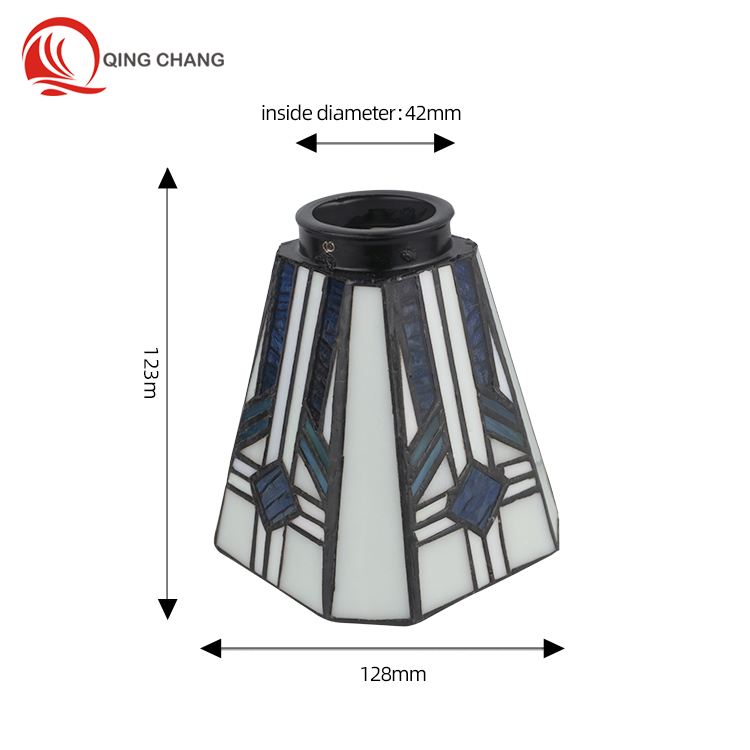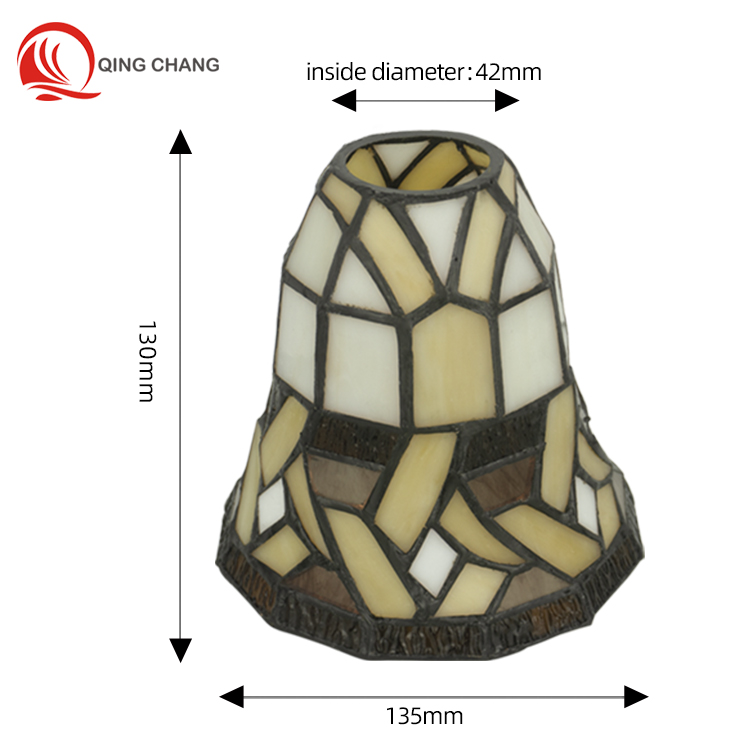Title: The Manufacturing Process of Handmade Glass Lampholders: The Perfect Combination of Design and Art
Introduction: Handmade glass lampshades, as lighting decorations, carry unique artistic charm and warm radiance. During the production process, through the careful application of multiple processes and techniques, the handmade glass lampshade has become a true artwork. This article will introduce the characteristics, production process, as well as the processes and technologies involved in handmade glass lampshades.
1、 The characteristics of handmade glass lampshades are unique and charming:
Artistic: Handmade glass lampshades integrate artistic elements, creating magnificent and colorful patterns and textures through techniques such as carving, carving, and painting.
Unique: Each handmade glass lampshade is unique, and due to handcrafting, each piece carries the artist's unique style and creativity.
Warm Light: The design of handmade glass lampshades places more emphasis on the warmth and softness of light, creating a warm atmosphere and unique lighting effects through the refraction of light.
2、 The production process of handmade glass lampshades
Glass selection: When making handmade glass lampshades, it is first necessary to choose suitable glass materials. Common glass materials include transparent glass, stained glass, and frosted glass.
Design and carving: Design and carve handmade glass lampshades based on the shape of the lamp and the theme to be expressed. Traditional manual methods such as milling, carving, and cutting can be used.
Casting: When making handmade glass lampshades, a casting process is required. Place the glass material in a high-temperature furnace for melting and shaping, creating the shape of the lampshade.
Polishing: After completing the melting and casting, the handmade glass lampshade needs to be finely polished. By polishing, the surface of the lampshade is smooth and flat, highlighting the high quality and transparency of the glass.
Assembly: The final step is to assemble the completed handmade glass lampshade with the lamp. Ensure the stable connection between the lampshade and the lamp, so that the handmade glass lampshade can perfectly exert the lighting effect.
3、 Application of processes and technologies
Sculpture technique: By using techniques such as carving, the patterns and textures on the lampshade are depicted in greater detail and realism, showcasing the artist's creativity and technical level.
Fusion process: By using different glass materials and colors, various processes and technologies are integrated to create rich and diverse effects, making handmade glass lampshades more vivid.
Lighting effect: When designing handmade glass lampshades, it is necessary to consider the transmission and refraction of light, as well as the scattering and landing of light. Through meticulous design and craftsmanship, the light is softened and diffused, creating a unique lighting effect.
Conclusion: Handmade glass lampshades have become art pieces for decoration and lighting due to their unique characteristics and exquisite production techniques. I hope that through the introduction of this article, readers can have a better understanding of the production process and craftsmanship of handmade glass lampshades, and appreciate the perfect combination of design and art integrated in it. The flickering light will bring warmth and beauty to your home.
Ready to Start Your Lighting Parts Project?
Post time: Sep-26-2023







